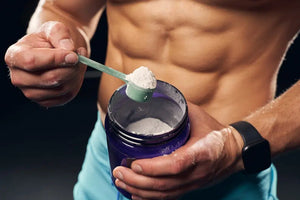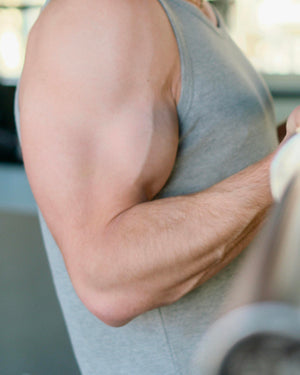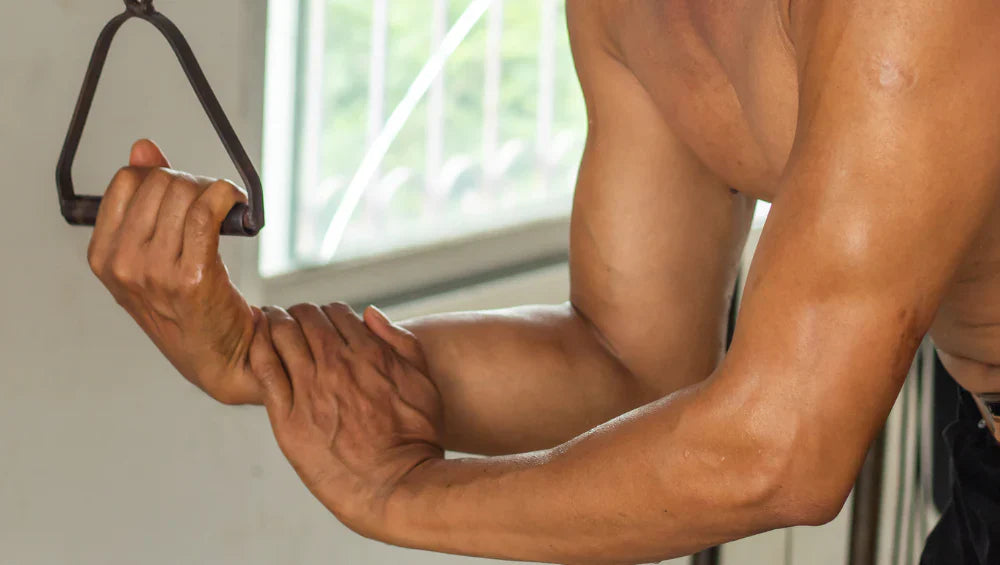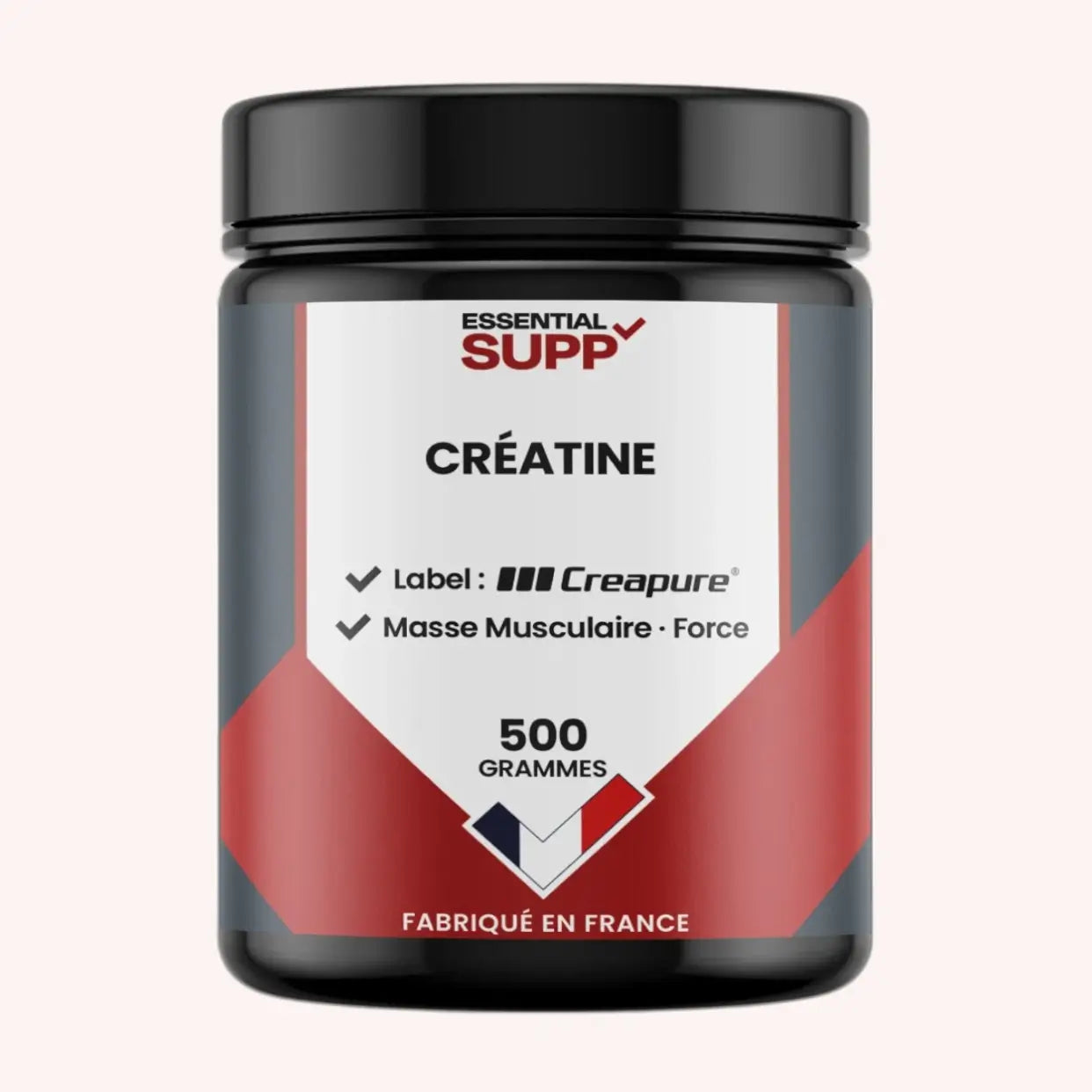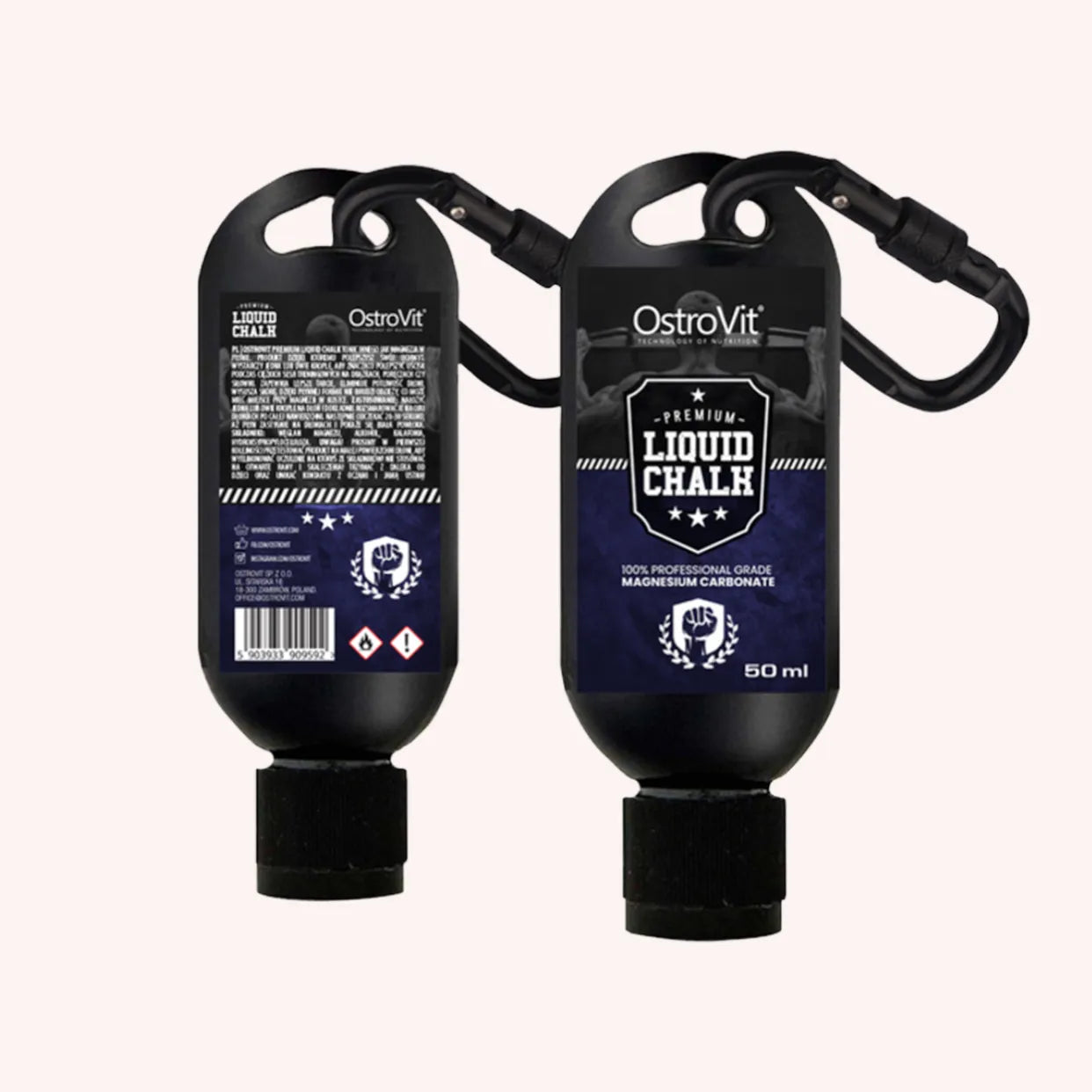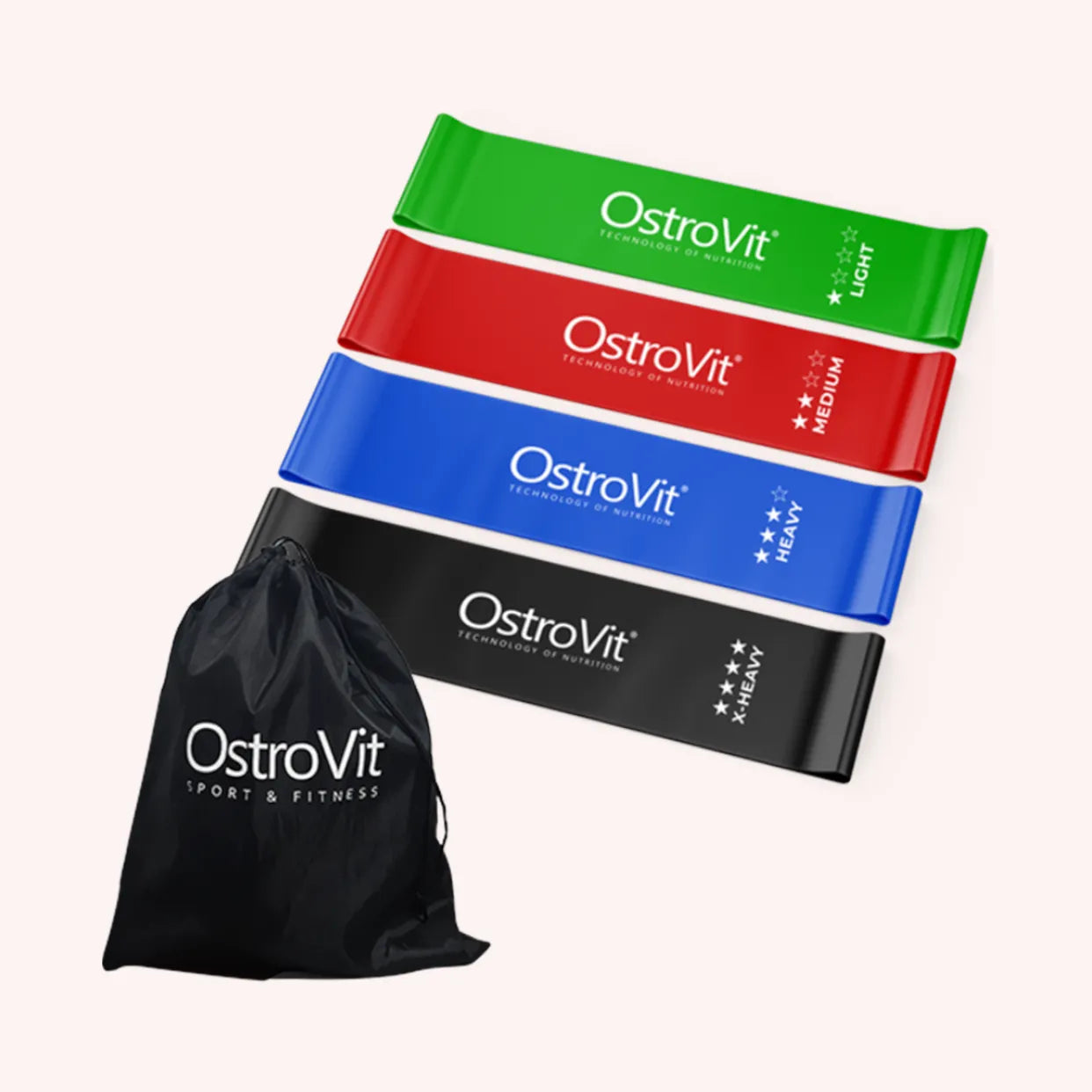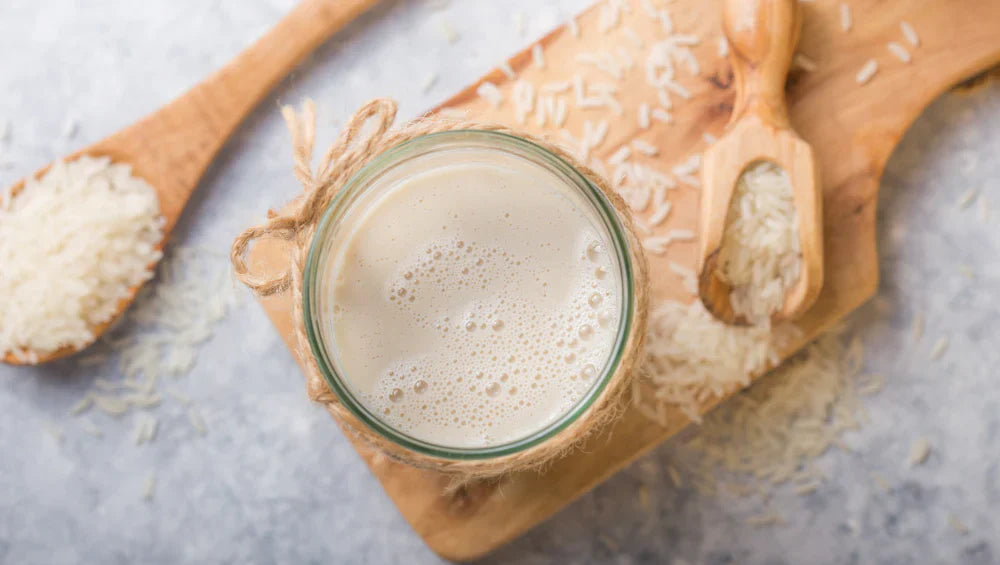Forearm exercises are often overlooked in strength training programs. Yet, these muscles play a vital role in body stability, grip, and wrist strength. In this article, we'll explore the importance of forearm exercises , the best movements to adopt, and how to incorporate these exercises into your routine. Get ready to effectively strengthen your forearms and improve your athletic performance, whether it's bodybuilding or any other sport that requires a strong grip.
The Composition of the Forearms: Understanding the Key Muscles
The forearms are made up of several muscle groups, each with a specific role in wrist and finger movements.
- The flexors (located on the inner side): They allow you to bend the wrist and fingers . These include the flexor carpi radialis, the flexor carpi ulnaris, and the flexor digitorum profundus.
- The extensors (on the external face): They allow the extension of the wrist and fingers . The main ones are the radial extensor of the carpus, the ulnar extensor of the carpus, and the extensor of the fingers.
- Pronation and supination muscles: These control the rotation of the forearm. The pronator teres and pronator quadratus perform pronation, while the supinator allows supination.
- Stabilizing muscles: These are muscles that help stabilize the wrist joint, such as the brachioradialis, which is important for maintaining good posture during exercises.
Understanding the muscle composition of the forearms allows you to better target exercises to strengthen them optimally and avoid injuries.
Why is strengthening your forearms essential?
The forearms are often overlooked muscles in many strength training routines. Yet, their role is crucial not only for improving grip strength but also for preventing wrist and elbow injuries. A well-developed forearm can boost your performance in other exercises and sports, such as deadlifts and pull-ups.
Additionally, a strong and functional forearm is essential for preventing common pain and injuries. A balanced program that includes specific exercises for this part of the body helps maintain good joint stability and minimize the risk of injury.
In bodybuilding, a good grip is very important. Whether you're handling dumbbells, a barbell, or even performing daily activities, your forearms play a key role in maintaining your grip, and therefore in performing exercises with good technique.
The Best Exercises to Build Forearm Muscles and Improve Grip Strength
To develop your forearms and improve grip strength , certain exercises are particularly effective. They target not only the forearm muscles, but also the stability of your wrists and the ability to maintain a strong grip. These movements are essential, whether you are a beginner or an advanced practitioner. Here are some of the best exercises to work this key area of your body.
Wrist extensions with bar or machine
Wrist extensions are a basic exercise that primarily targets the wrist flexors and extensors . They help strengthen the forearms and improve wrist flexibility, which is crucial for exercises like pull-ups or hammer curls .
Execution :
- Sit on a bench and place your forearms on your thighs, palms facing up, holding a barbell or machine.
- Keeping your forearms still, slowly lift the bar or machine handle by flexing your wrists.
- Slowly lower the bar to get the maximum movement.
Benefits: This exercise targets the wrist extensors while strengthening the flexor muscles. It helps develop better wrist flexibility and improve grip strength.
Dumbbell Wrist Curls
Dumbbell wrist curls target both the wrist flexors and extensors, improving grip strength.
Execution :
- Sitting on a bench, hold a dumbbell in each hand, arms resting on your thighs and wrists hanging down.
- Perform up and down bends with only your wrists, without moving your forearms.
Benefits: This exercise builds grip strength and improves wrist flexibility. It is essential for increasing your ability to maintain a strong grip during strength training and activities of daily living.
Hammer curl
The hammer curl is a great exercise for working both the forearms and biceps , while also engaging the wrist supination and pronation muscles.
Execution :
- Hold a dumbbell in each hand with a neutral grip (palms facing each other).
- Keep your elbows close to your body and lift the dumbbells by bending your elbows, while keeping your wrists in a neutral position (neither supinated nor pronated).
- Lower the dumbbells slowly in a controlled movement.
Benefits: The hammer curl targets the forearm flexors , particularly the brachioradialis , and improves grip strength. This exercise also engages the muscles responsible for pronation and supination , movements essential for wrist stability and grip strength.
Pull-ups
Pull-ups are a complete exercise that engages not only the arms and shoulders , but also the forearms . They require strong grip strength, as you have to suspend your body weight.
Execution :
- Grasp a pull-up bar with a pronated (palms facing out) or supinated (palms facing you) grip.
- Hang from the bar, then pull your body up until your chin is above the bar.
- Slowly lower yourself to complete each repetition.
Benefits: Pull-ups intensely work grip strength . Depending on the grip used, they work the muscles of the back and arms as well as the forearms . Supine pull-ups (palms facing you) are particularly effective for strengthening the forearm muscles.
Forearm Pulley Exercise
Pulley exercises work the forearm muscles while providing constant resistance. This exercise is particularly useful for developing grip strength.
Execution :
- Attach a rope or handle to a low pulley.
- Grasp the handle with a neutral or overhand grip.
- Pull the rope toward you while maintaining a firm, controlled grip, using your forearm muscles to maintain the grip during the exercise.
Benefits: Pulley exercises engage the wrist flexors and extensors, improving grip strength and wrist stability . The constant tension on the rope helps maximize the development of forearm muscles.
Tips to Maximize the Results of Your Forearm Exercises
To maximize gains, it's essential to take a gradual approach and vary your exercises to target all the muscle groups in your forearms . Here are some tips:
- Vary your exercises: It's important not to focus on just one exercise. Combine movements for the wrist flexors and extensors , as well as supination and pronation exercises for complete development.
- Progression: Gradually increase weights and repetitions. Don't rush. The goal is to stimulate the forearm muscles without risking injury. Progressive overload allows the muscles to develop optimally.
- Recovery: As with any strength training workout, allow your forearms plenty of time to rest. Overtraining can lead to injuries such as tendonitis.
- Warm-up: A proper warm-up is crucial to prepare your wrists and forearms for exercise. Perform wrist rotations and a few light sets before beginning more intense exercises.
Sample Forearm Workout Program
To optimize forearm development and strengthen grip strength , you can incorporate a specific training program at the end of your upper body session. This program will effectively target your wrist flexors and extensors, while improving the stability and strength of your wrists.
Training program with equipment
Here is an example of a program to do twice a week , at the end of your upper body sessions, to strengthen your forearms :
Dumbbell Hammer Curl
- 3 sets of 12 to 15 repetitions
- Rest time: 45-60 seconds
- This exercise targets the brachioradialis and helps improve grip strength .
Wrist extensions with bar or machine
- 3 sets of 12 repetitions
- Rest time: 45-60 seconds
- A great exercise to work the wrist extensors, strengthen the wrist and improve forearm flexibility.
Dumbbell Wrist Curls
- 3 sets of 15 repetitions
- Rest time: 45-60 seconds
- Strengthens wrist flexors and improves grip strength .
Equipment-free workout program (at home)
If you don't have access to equipment, there are some very effective exercises you can do at home to target your forearms and develop grip strength.
Close-grip push-ups
- 3 sets of 12 to 15 repetitions
- Rest time: 45-60 seconds
- This exercise works the forearms , especially the wrist flexors , while also working the triceps and pectorals .
Wrist curls with manual resistance
- 3 sets of 15 repetitions
- Rest time: 45-60 seconds
- Use your hands to create resistance by pressing together or applying pressure with your fingers against a surface (such as a wall). This engages the wrist flexors and extensors .
The importance of a healthy lifestyle for muscle gain
To promote muscle gain , a healthy lifestyle is essential. Here are the key points to consider:
- Balanced Diet: Consume enough protein (like whey ) for muscle repair, complex carbohydrates (like oatmeal ) for energy, and healthy fats (like nuts ) to support your bodily functions.
- Restorative Sleep: Get 7 to 9 hours of sleep each night to allow your muscles to recover and grow.
- Rest and recovery: Allow 48 hours of rest between sessions targeting the same muscles to avoid overtraining.
- Hydration: Drink approximately 2 to 3 liters of water per day to support muscle performance and recovery.
Conclusion :
By incorporating these forearm strengthening exercises into your strength training program, you'll not only improve your grip strength, but also the stability and flexibility of your wrists. Strong, well-trained forearms are essential for preventing injuries and optimizing your athletic performance.
Follow a progressive and well-structured program, and you will see concrete results, both aesthetically and functionally.
Sources:
- Rubio, F., Heifner, JJ, & Lacau, GE (2023). How the Forearm Works. Journal of Musculoskeletal Science, 42(2), 123-130. DOI: https://journals.lww.com/jorthotrauma/fulltext/2024/09001/how_the_forearm_works.2.aspx
- McGlory, C., van Vliet, S., Stokes, T., Mittendorfer, B., & Phillips, S.M. (2018). The impact of exercise and nutrition on the regulation of skeletal muscle mass. Nutrition Reviews, 76(3), 211-221. : https://pubmed.ncbi.nlm.nih.gov/30010196/


